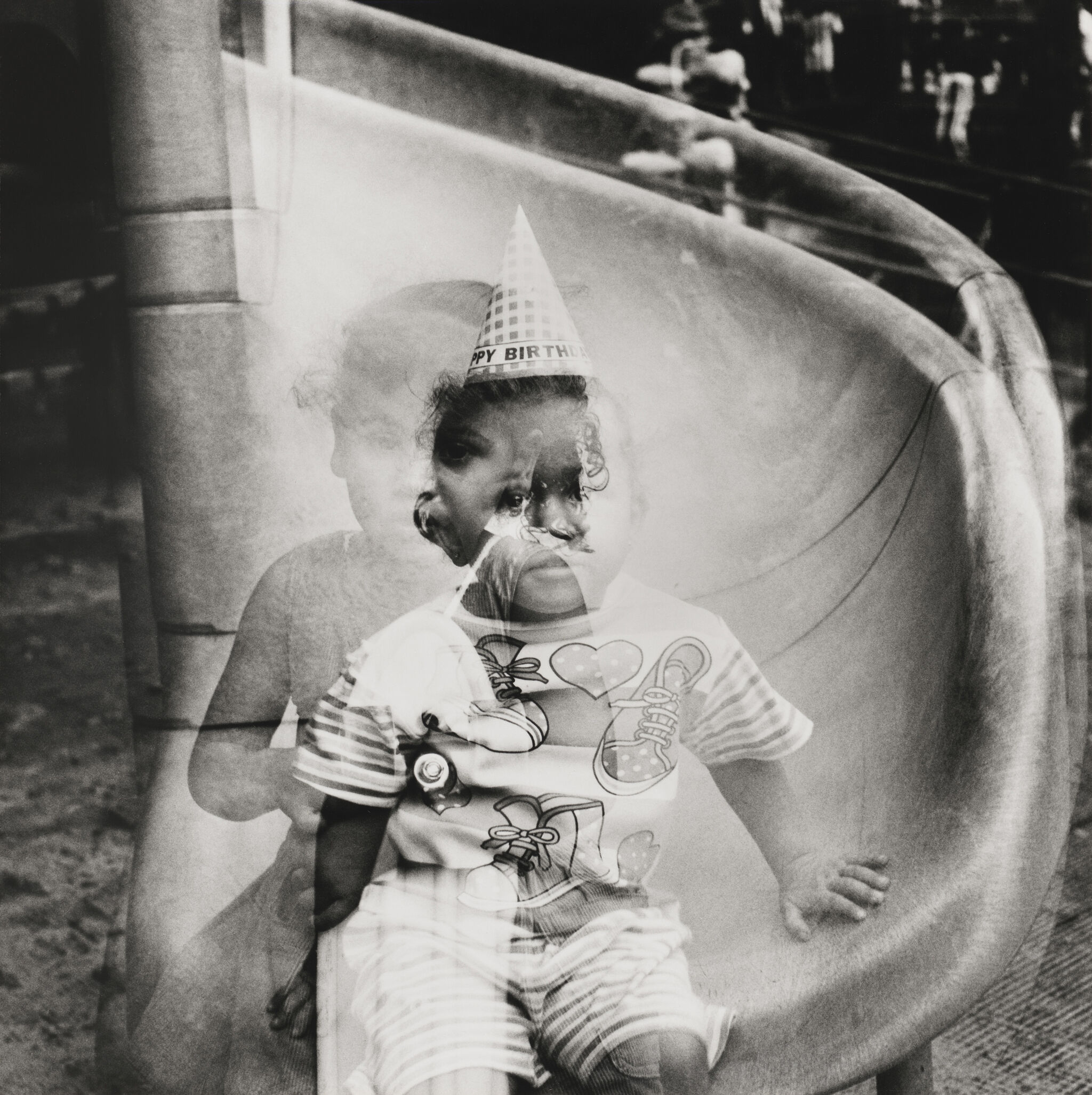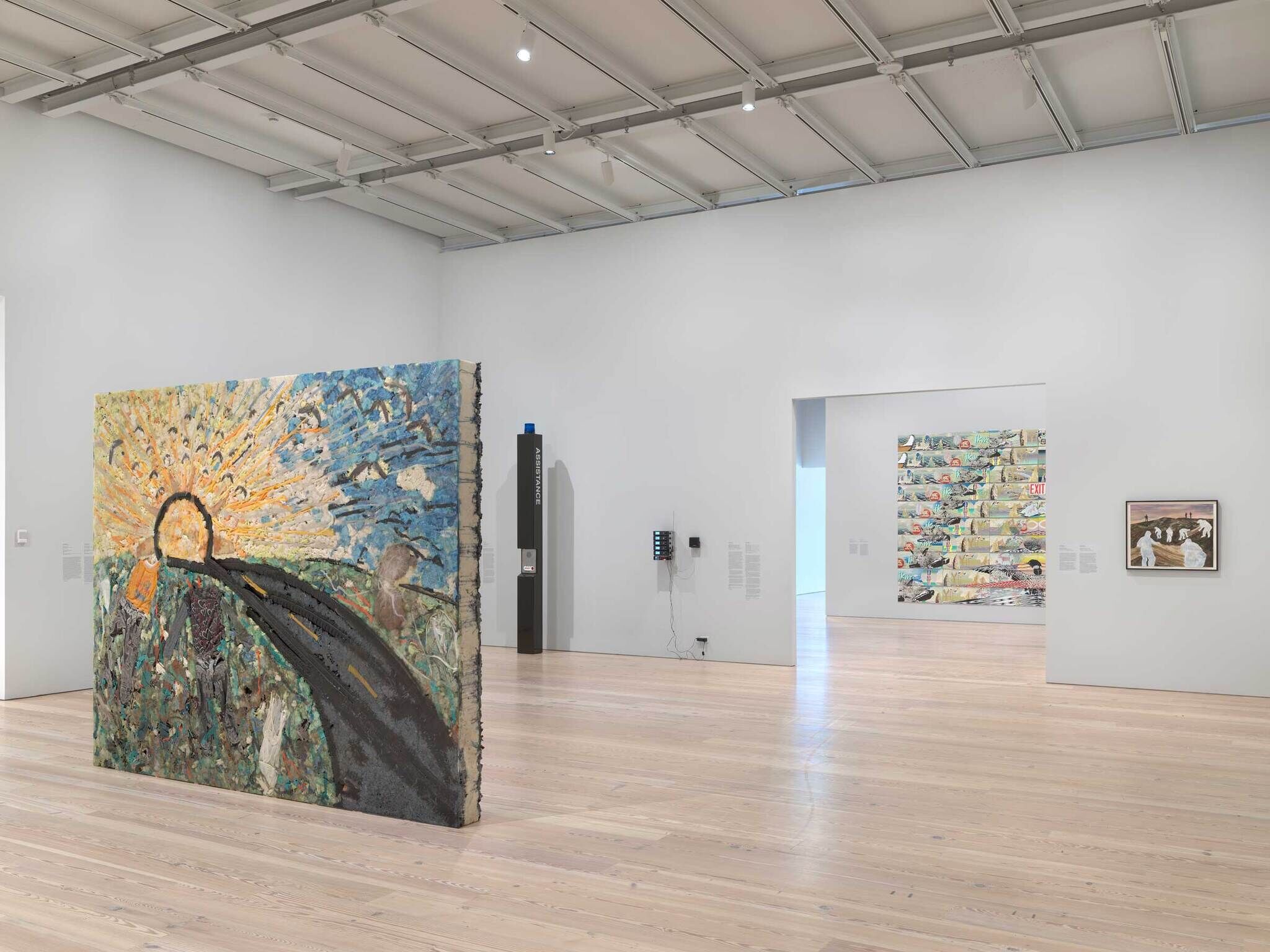[Lynching] is not the creature of an hour, the sudden outburst of uncontrolled fury, or the unspeakable brutality of an insane mob. It represents the cool, calculating deliberation of intelligent people who openly avow that there is an “unwritten law” that justifies them in putting human beings to death without complaint under oath, without trial by jury, without opportunity to make defense, and without right of appeal.
—Ida B. Wells, “Lynch Law in America,” 1900
Emergency calls to the police are built on lynch law. Calling the police is a request that someone be injured, arrested, incarcerated, or killed. Calling the police is participation in an authority that uses lynching as law enforcement. Descriptions given to the police provide the grounds for stops of anyone who matches them.
The power of white people to enforce the law and invoke legal authority was the basis for colonial slave codes. The 1740 Slave Codes in South Carolina determined that if enslaved people did not submit to searches by white colonists, they could be lawfully killed. If any slave, found out of the house or plantation to which they were bound, “shall refuse to submit or undergo the examination of any white person, it shall be lawful for any such white person to pursue, apprehend, and moderately correct such slave; and if any such slave shall assault and strike such white person, such slave may be lawfully killed.”
The racist legal practice of matching a description has been practiced in the United States since its founding. Article IV, Section 2, Clause 3 of the Constitution is known as the Fugitive Slave Clause. It dictates that any slave who absconds to a state that has abolished slavery does not become free, but legally remains the property of the master. The regular fugitivity of the enslaved caused the framers of the Constitution to prioritize the recognition, recapture, and return of enslaved property. The Fugitive Slave Clause was enhanced by the passage of the Fugitive Slave Act of 1793, which stipulated that:
it shall be the duty of the executive authority of the State or Territory to which such person shall have fled, to cause him or her arrest to be given to the Executive authority making such demand, or to the agent when he shall appear…. [A]nd upon proof to the satisfaction of such judge or magistrate, either by oral testimony or affidavit taken before and certified by a magistrate of any such state or territory, that the person so seized or arrested, doth, under the laws of the state or territory from which he or she fled, owe service or labour to the person claiming him or her, it shall be the duty of such judge or magistrate to give a certificate thereof to such claimant, his agent or attorney, which shall be sufficient warrant for removing the said fugitive from labour, to the state or territory from which he or she fled.
Enforcement of the fugitive slave laws allowed any Black person matching a description to be accused of being a fugitive, and to be drawn into or returned to slavery.
In the absence of formal slavery, the sharecropping system, the lynch mob, the Ku Klux Klan, and the professional police collaboratively formed a regime of racial terror intended to control the labor and life of Black people across the country. In the late 19th and early 20th centuries, police facilitated and participated in lynch mobs. Police continue the practice of lynching as enforcement of the “unwritten law.”
—Cameron Rowland
Not on view
Date
2021
Classification
Sculpture
Medium
Emergency call tower
Dimensions
Overall: 114 × 10 × 8in. (289.6 × 25.4 × 20.3 cm)
Accession number
2022.57a-c
Credit line
Whitney Museum of American Art, New York; purchase, with funds from the Painting and Sculpture Committee
Rights and reproductions
© Cameron Rowland



